(Fictional) Story of the Supermarine Scimitar F.2
Introduction
After realising the lack of stability of the Scimitar F.I, the Royal Navy Fleet Air Arm demanded to fix the stability problems of the Scimitar F.I.
Supermarine quickly prepared to work on the stability problem of the Scimitar.
The air ministry named the new Scimitar to the F.Mk2.
Stability Test & Solutions
Supermarine began to build a test platform starting from August,1958.
Two new Scimitars were fitted with wing fences to prevent a rudder wobble, and performed its initial flight on November, 1958.
Results from both aircraft were quite successful but it was soon realised that it had a very stiff yaw control over 1000kph.
Supermarine came out with a new idea, which was using a wing fence as a additional yaw control surface. The wing fence was designed as an all-moving-control surface.
The first flight of the scimitar with the wing fence control surface wasn't a success.
The wing fence's rotating angle was too high (20 deg), which increased the angle of attack, and went into a flat spin with a very strong yaw force.
The pilot couldn't recover from the flat spin, but fortunately the pilot managed to eject out from the spinning aircraft and was rescued.
After it was found that the angle was too high, it was decreased to 5 deg, and the result was satisfying. It stabilized and increased the aircraft's yaw control significantly. (especially at high speeds.)
Stability tests ended in July 1959, and it was about to enter mass production.
Although it was known that the Royal Navy had changed the specification to a low level strike aircraft with nuclear capability rather than a fighter for the F.I, the Royal Navy wanted to use the upcoming F.2 as an multi role fighter.
However, the Scimitar F.2's performance was too obsolete to be used as an multi role fighter, and mass production was in the danger of being cancelled.
New Equipment
To satisfy the new specification, it was now planned to install new equipments for the Scimitar.
First, the biggest drawback was that the Scimitar couldn't reach supersonic speeds.
The original wing had a 45-degree sweep at quarter chord, and had a chord-to-thickness ratio of 8% at the wing root -- which is one of the reasons it couldn't achieve supersonic performance.
However on the F.2, the chord-to-thickness-ratio was decreased to 5.5%, which helped the speed performance significantly.
The Scimitar F.I were powered by two Rolls Royce Avon 202s, which produced 50kN.
The Supermarine chose a later version of the 202, the 300, which had an reheat which produced 70kN of thrust.
But in order to install the Avon 300, the Scimitars needed a longer body, which resulted the main fuselage to become 3 meters longer.(20m)
Thanks to the new engines and lower chord-to -thickness-ratio, the Scimitar could reach supersonic at sea level, and it could reach Mach 2 at high level.
Early Production & Mass Production
The prototypes fitted with new Avon engines were completed in November, 1960, and made its maiden flight from Boscombe Down airfield.
A month later in December, 1960, mass production began in Vickers-Armstrong at South Marston.
As mass production began, the Scimitar F.1s were replaced with the brand new F.2s.
Scimitar F.2 were mainly used for air patrol and ground attacks along with the Buccaneers.
Final delivery and production ended in December, 1972.
Combat & Service Record
Total 15 F.2 were used in the Falkland battle with the Harriers in 1982.
Although it has been over 20 years since the Scimitars entered service, the Scimitars shot down total 18 Argentine aircraft, with no air to air combat losses and only one Scimitar got damaged (starboard engine) by a Mirage III, but the pilot managed to shoot down the Mirage with its Aden cannons. One was lost by a landing failure by a arrest hook failure. The pilot was rescued.
The last Scimitar F.2 retired on 3, March, 1985 from the Royal Navy.
Specifications
General Characteristics
- Predecessor Suhoi looking plane?
- Successors 1 airplane(s)
- Created On Android
- Wingspan 39.9ft (12.2m)
- Length 43.1ft (13.1m)
- Height 18.2ft (5.5m)
- Empty Weight 18,556lbs (8,417kg)
- Loaded Weight 18,556lbs (8,417kg)
Performance
- Power/Weight Ratio 3.633
- Wing Loading 39.5lbs/ft2 (192.7kg/m2)
- Wing Area 470.2ft2 (43.7m2)
- Drag Points 3187
Parts
- Number of Parts 78
- Control Surfaces 6
- Performance Cost 626

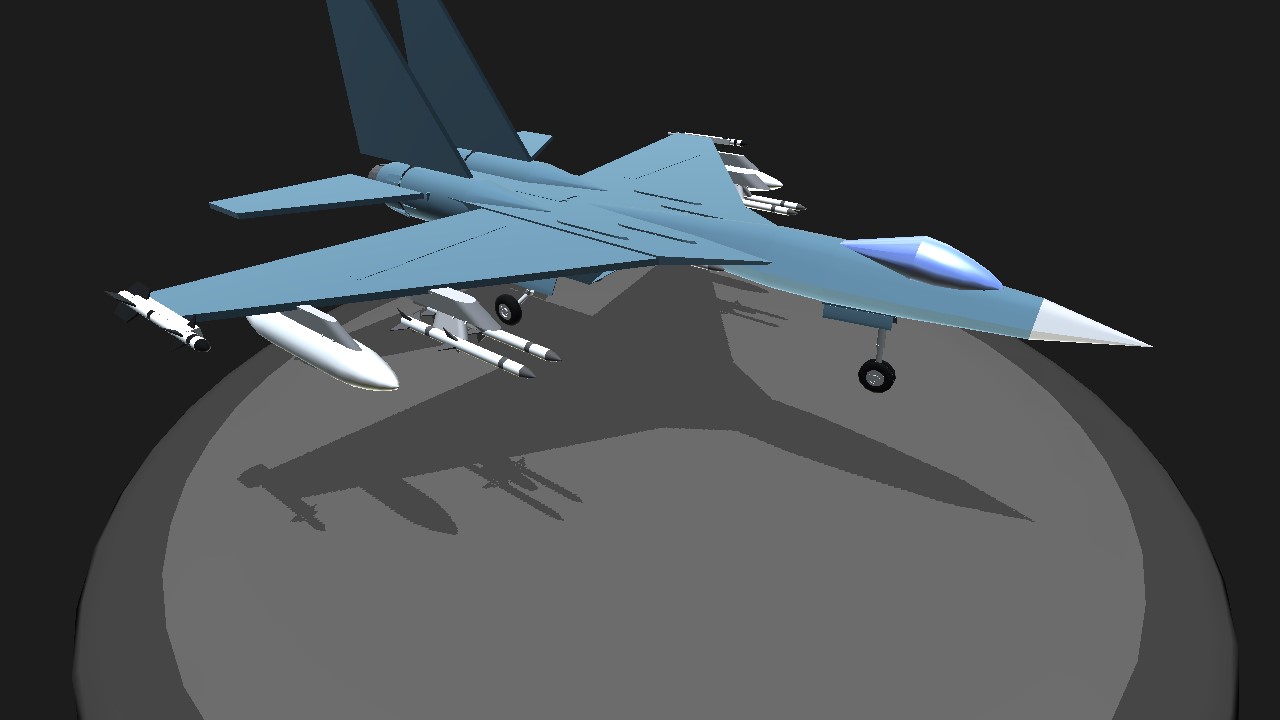
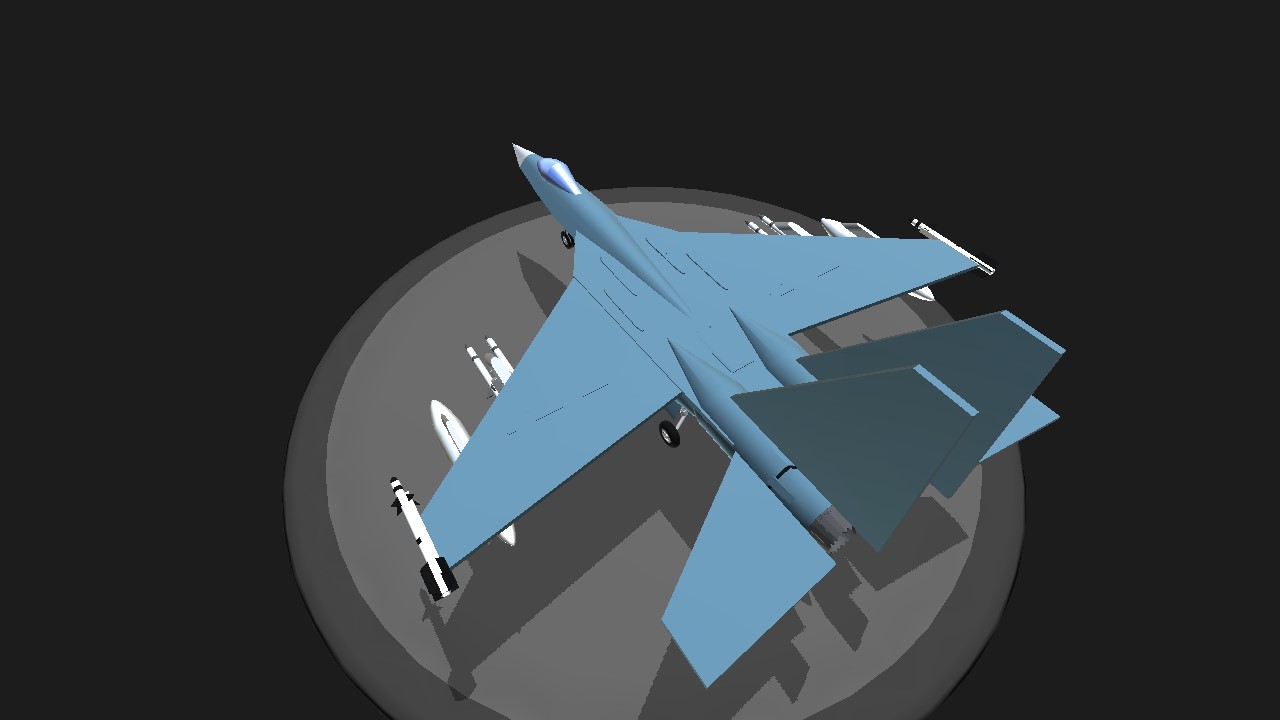
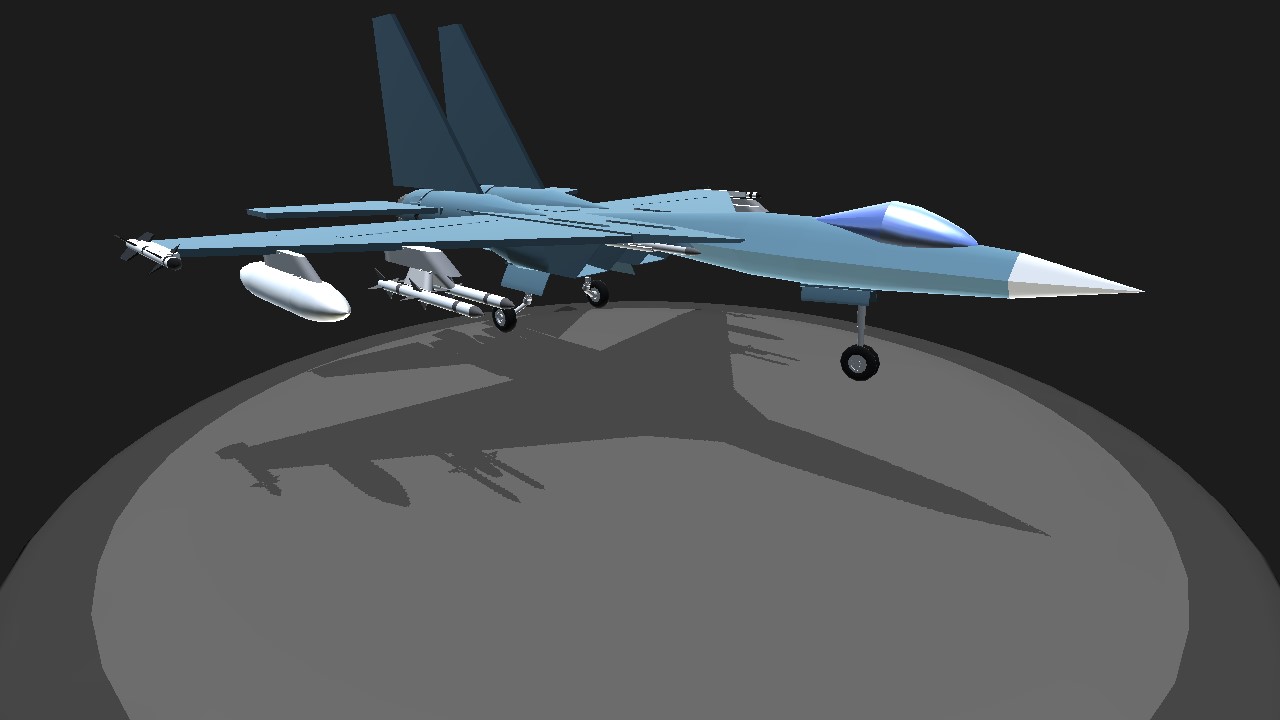
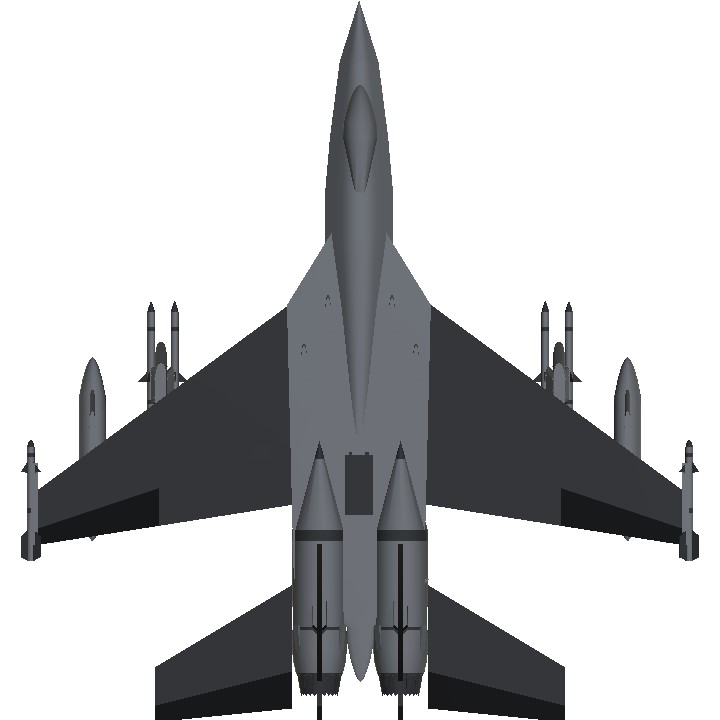
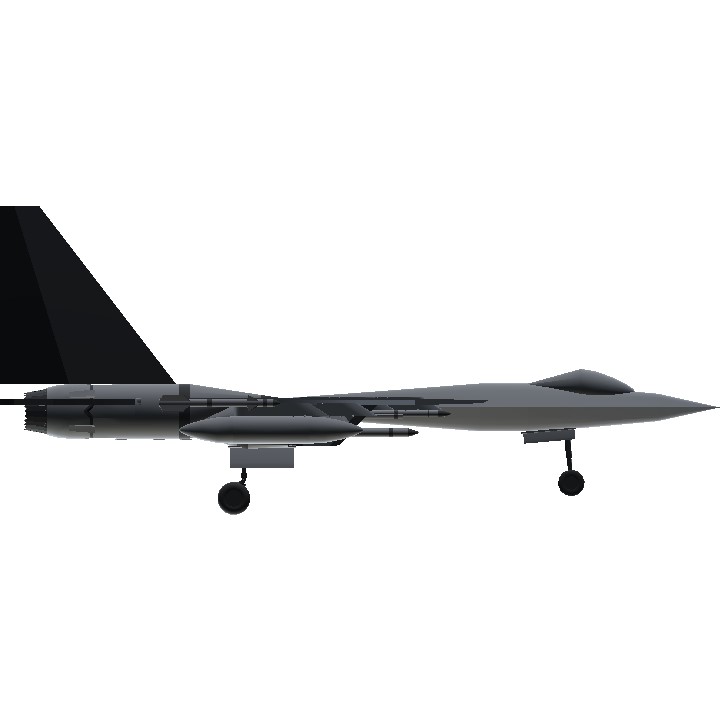
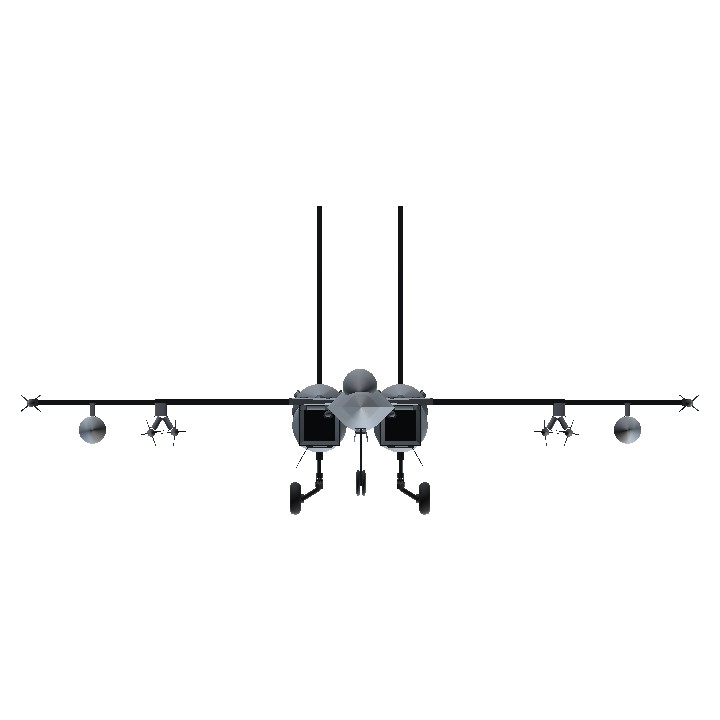
United States of Russia